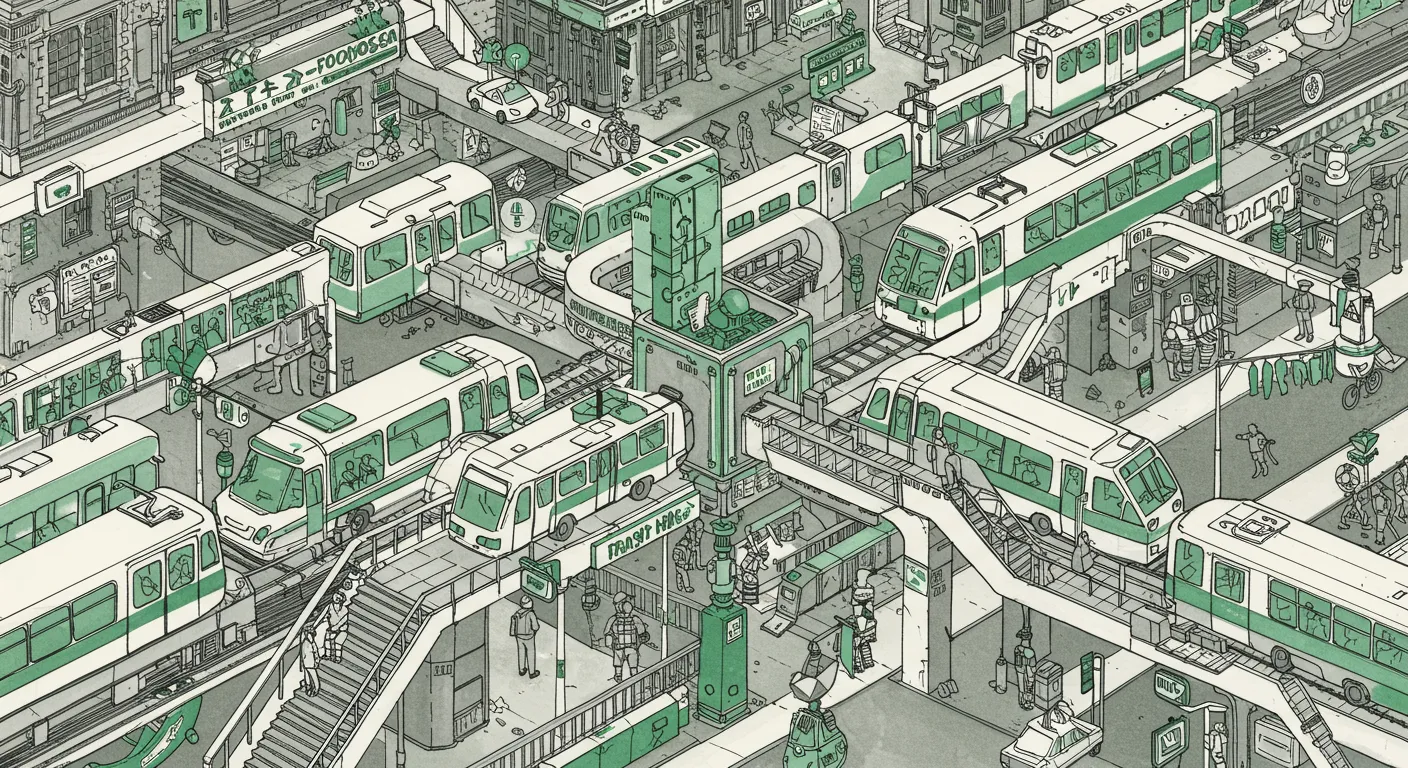In an era of increasing digital DIY culture, online commentators are pushing the boundaries of personal technology by creating custom information displays that blend practical utility with maker creativity. The train and weather tracking project using a Raspberry Pi and E-Ink display represents a fascinating intersection of open-source hardware, transit data, and personal innovation.
The project speaks to a growing trend among tech enthusiasts who are no longer content with off-the-shelf solutions. By utilizing a credit card-sized Raspberry Pi computer and an electronic paper display, these hobbyists are demonstrating how accessible technology can be repurposed to solve everyday challenges. The low-power E-Ink screen is particularly clever, offering a readable display that mimics paper and consumes minimal electricity.
What makes this project particularly compelling is its blend of personal utility and technological ingenuity. Online commentators are showing that with some programming skills and relatively inexpensive hardware, individuals can create custom information systems tailored to their specific needs. This isn't just about tracking trains, but about reimagining how we interact with local transit and weather information.
The technical approach reveals a broader cultural shift towards personalization of technology. Instead of waiting for large companies to develop perfect solutions, these makers are taking matters into their own hands. The Raspberry Pi serves as a powerful yet affordable computing platform that empowers individuals to experiment and create.
Ultimately, this project is a microcosm of modern tech culture: collaborative, open-source, and driven by a desire to solve real-world problems with creative, personalized solutions. It demonstrates that innovation isn't just the domain of large tech companies, but can emerge from the curiosity and skill of individual makers working in their own spaces.


